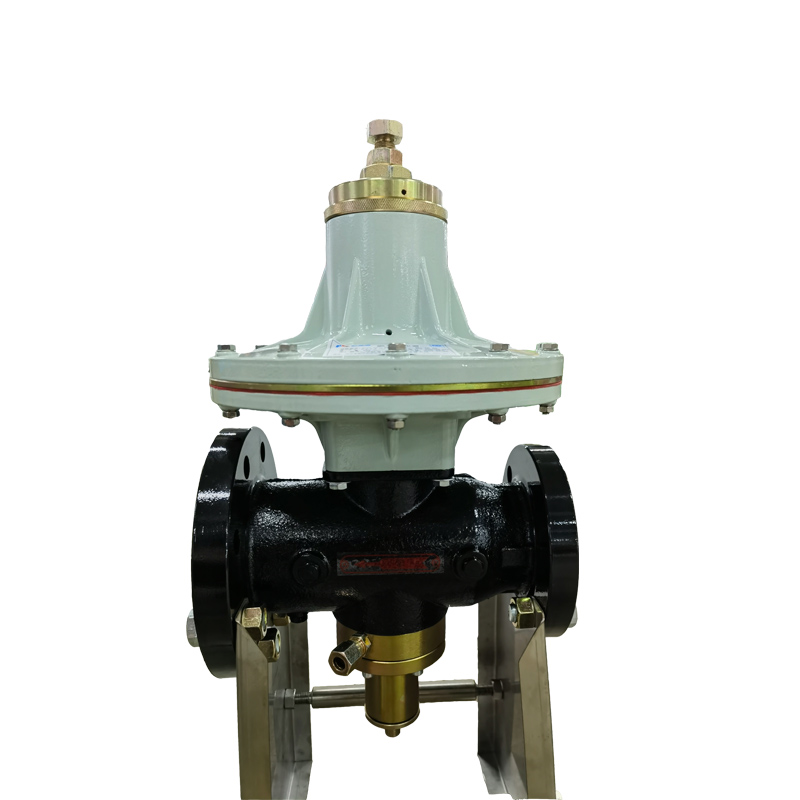
Aug . 02, 2024 14:42
Back to list
Gas Distribution Station Ensuring Efficient Supply and Safe Delivery of Energy Resources
Gas Distribution Stations An Overview
Gas distribution stations play a vital role in the energy infrastructure of any country, ensuring that natural gas reaches homes and businesses efficiently and safely. These stations act as crucial intermediaries between the large-scale transmission pipelines and the end consumers, facilitating the distribution of gas for heating, cooking, industrial processes, and electricity generation.
What is a Gas Distribution Station?
A gas distribution station is a facility that receives high-pressure natural gas from a transmission pipeline, reduces its pressure to a user-friendly level, and then distributes it through a network of smaller pipelines. The primary function of these stations is to ensure that the gas is delivered safely, reliably, and in a manner that meets the varying demands of consumers throughout the year.
Importance of Gas Distribution Stations
1. Safety One of the primary responsibilities of gas distribution stations is to ensure the safety of gas distribution. They are equipped with various safety mechanisms, including pressure relief valves, odorization systems to detect leaks, and emergency shutdown devices. These features help prevent accidents and ensure rapid response in case of emergencies.
2. Efficiency Distribution stations are designed to optimize the flow of gas, minimizing losses and ensuring that the supply meets demand. They utilize advanced technologies and monitoring systems to efficiently manage gas distribution, helping to balance supply with consumer needs, especially during peak demand periods.
3. Infrastructure Support Gas distribution stations are integral to the broader energy infrastructure of a region. They support not only residential consumers but also commercial and industrial users who rely on natural gas for their operations. The reliable supply of gas enables industries to function smoothly, contributing to economic stability and growth.
Operational Mechanisms
.
- Pressure Regulation Natural gas is transported under high pressure through transmission pipelines. At the distribution station, pressure regulators reduce the pressure to a safer level suitable for distribution to homes and businesses.
محطة توزيع الغاز

- Metering Accurate measurement of gas flow is essential for billing and monitoring purposes. Distribution stations are equipped with meters that track the volume of gas entering the distribution network.
- Odorization To enhance safety, natural gas is odorized with a distinct scent, typically that of rotten eggs. This allows consumers to detect gas leaks quickly, prompting timely action.
- Quality Control Gas distribution stations also play a role in ensuring the quality of the gas. They monitor for contaminants and ensure that the gas meets required standards before it enters the distribution system.
Challenges Facing Gas Distribution Stations
Despite their critical function, gas distribution stations face several challenges
- Aging Infrastructure Many distribution systems, particularly in developed countries, rely on aging infrastructure that requires significant investment to update and maintain. Ensuring the integrity of pipes and equipment is crucial to prevent leaks and accidents.
- Regulatory Compliance The gas industry is heavily regulated, and distribution stations must comply with various safety and environmental regulations. Staying compliant requires ongoing training and investment in safety technology.
- Public Perception As concerns about fossil fuels and climate change grow, public perception of natural gas is shifting. Gas distribution stations must navigate these sentiments while promoting the advantages of natural gas as a transitional fuel towards cleaner energy sources.
Conclusion
Gas distribution stations are essential to the energy landscape, providing safe and reliable access to natural gas for millions of consumers. As the world transitions towards more sustainable energy solutions, these stations will need to adapt and innovate to meet future energy demands while addressing safety and environmental concerns. Their role in the energy transition will be pivotal in balancing immediate energy needs with long-term sustainability goals.
Latest news
-
Safety Valve Spring-Loaded Design Overpressure ProtectionNewsJul.25,2025
-
Precision Voltage Regulator AC5 Accuracy Grade PerformanceNewsJul.25,2025
-
Natural Gas Pressure Regulating Skid Industrial Pipeline ApplicationsNewsJul.25,2025
-
Natural Gas Filter Stainless Steel Mesh Element DesignNewsJul.25,2025
-
Gas Pressure Regulator Valve Direct-Acting Spring-Loaded DesignNewsJul.25,2025
-
Decompression Equipment Multi-Stage Heat Exchange System DesignNewsJul.25,2025

